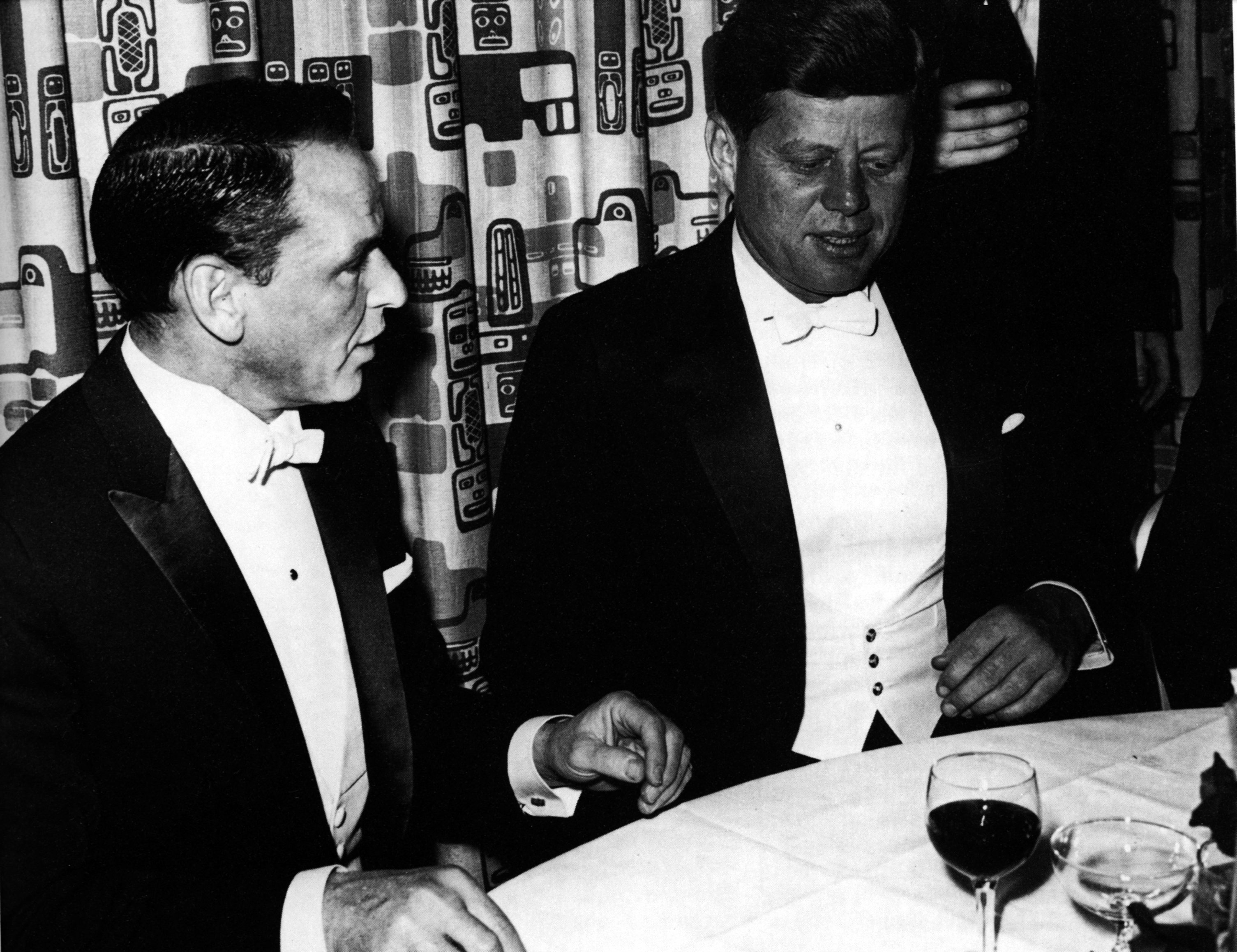For as long as people have been famous, writers have been tasked with writing about them. Over the years, this has led to some fantastic writing, some controversial articles and an evolving sense of the art of writing about celebrities. And then there’s Gay Talese’s “Frank Sinatra Has a Cold,” which Esquire published in its April 1966 issue — still hailed as a masterpiece of nonfiction, decades after it was written.
As much of the writing about “Frank Sinatra Has a Cold” points out, Talese wrote about Sinatra by focusing on the people around him. “Talese painted a portrait of Sinatra from the outside, spending long, tedious hours with his flunkies and hangers-on, capturing the ripples and crosscurrents of influence and ego among the nine circles of sycophants who surrounded him that cumulatively told a story of raw power,” wrote Ron Rosenbaum in a 2007 article.
Talese’s article is credited with changing the face of journalism; it’s also possible that we might see a film version of it one of these days. And in a new article for Air Mail, Mark Rozzo looked back on Talese’s profile with an eye on how he did it and an optimistic take on its effect on journalism.
“If anything, Talese’s elucidations — showing the stitching underneath the fabric, as it were — have only added to the story’s legend,” Rozzo writes. “Its renown has also been nourished by the drama of its creation: the high-pressure assignment, the young writer, the evasive superstar.” It’s a thoughtful look at a lauded piece of writing about an iconic figure — and a fascinating look at the lengths Talese went to and the themes he wrestled with. Even if you’ve read “Frank Sinatra Has a Cold” before, it’s likely to give you a new appreciation for all it accomplishes.
Thanks for reading InsideHook. Sign up for our daily newsletter and be in the know.
















